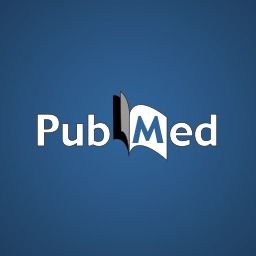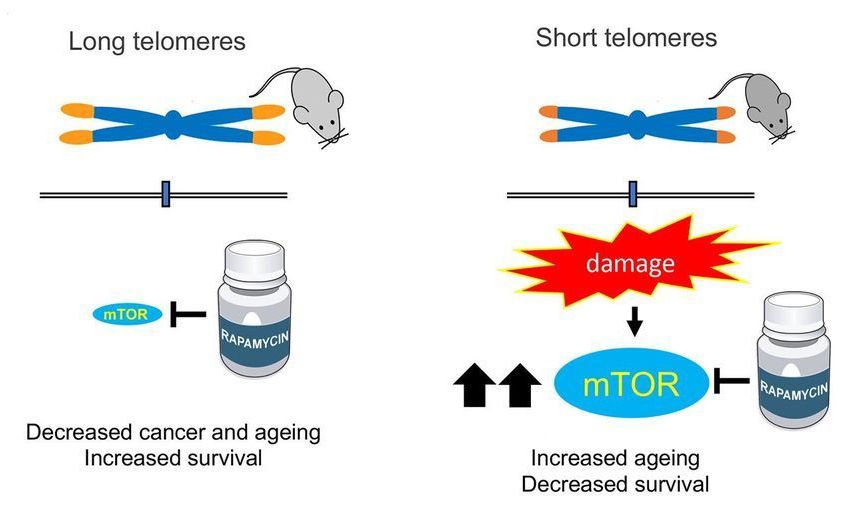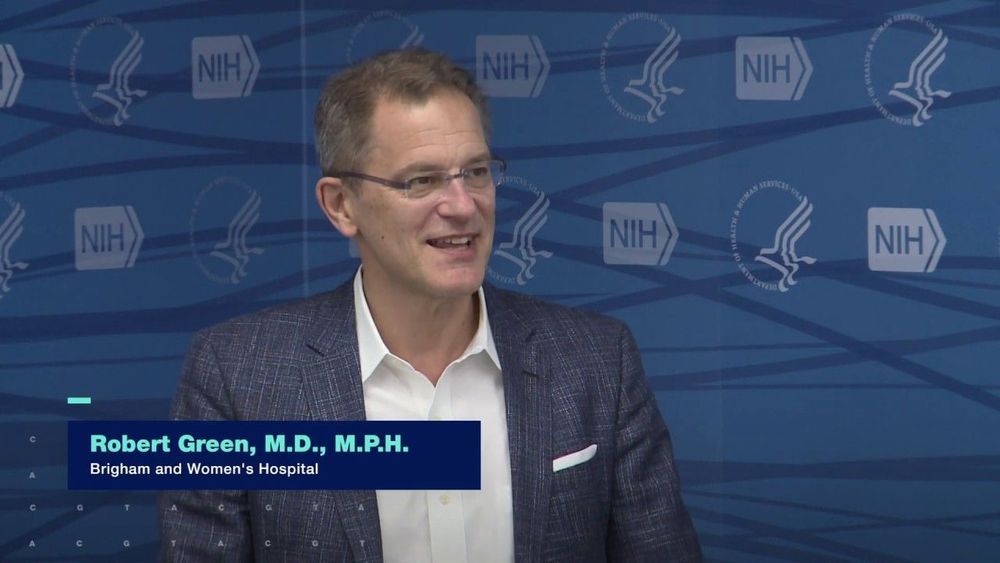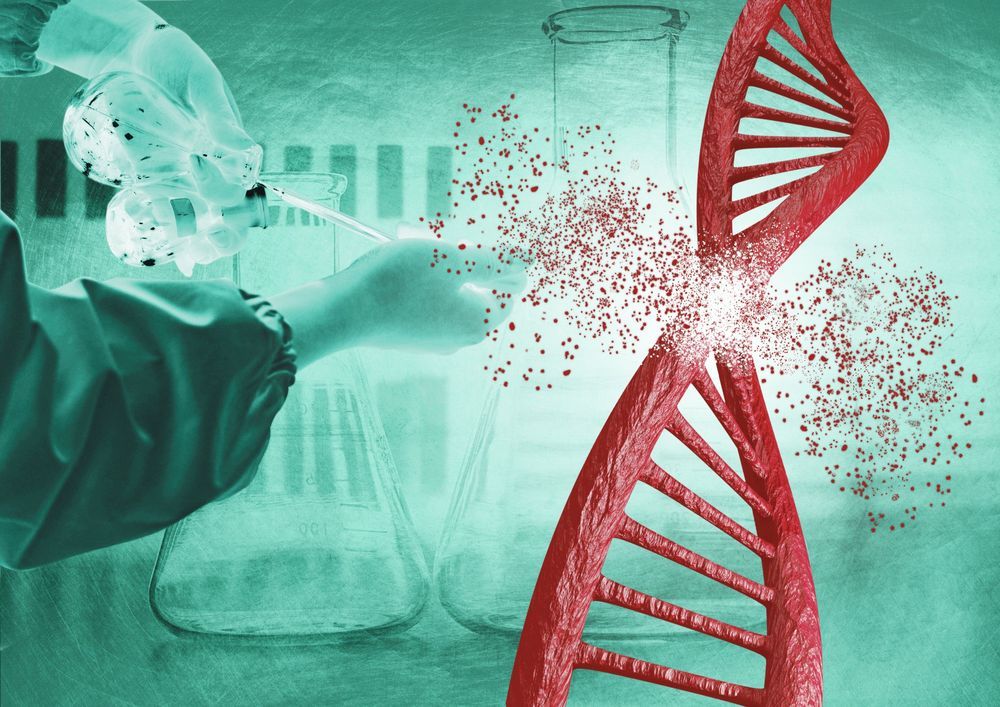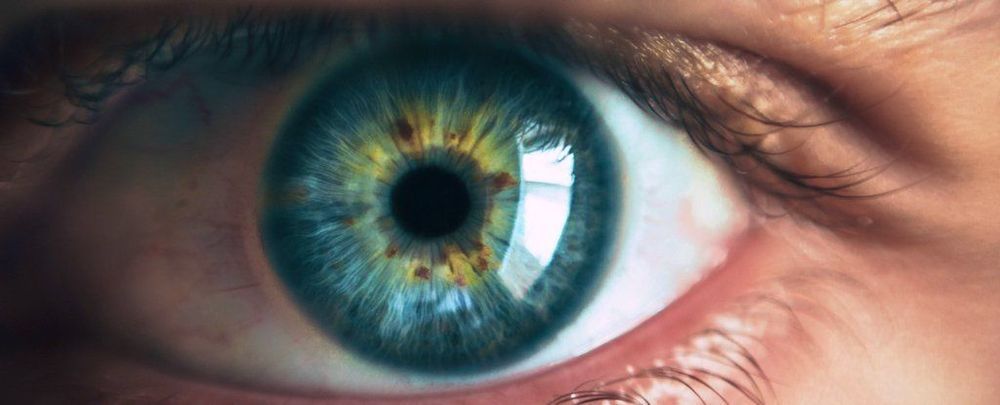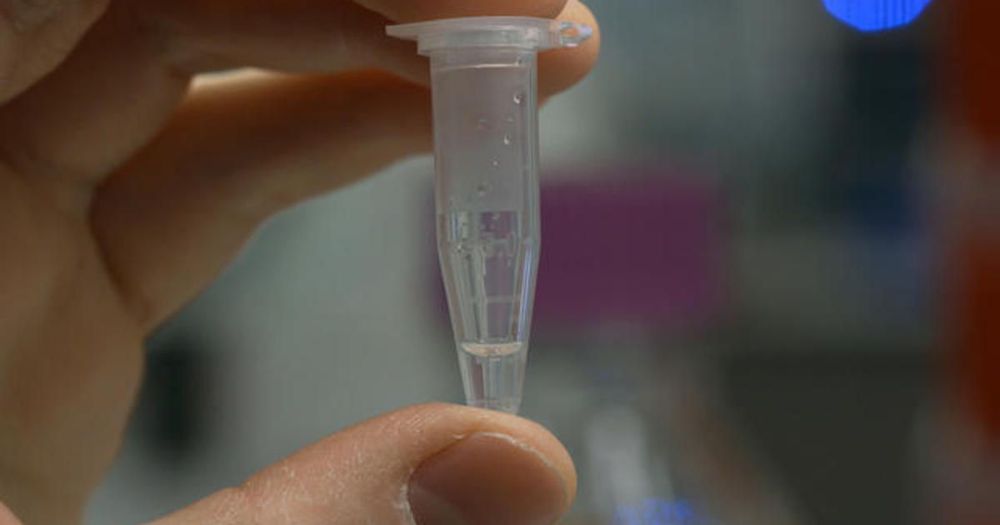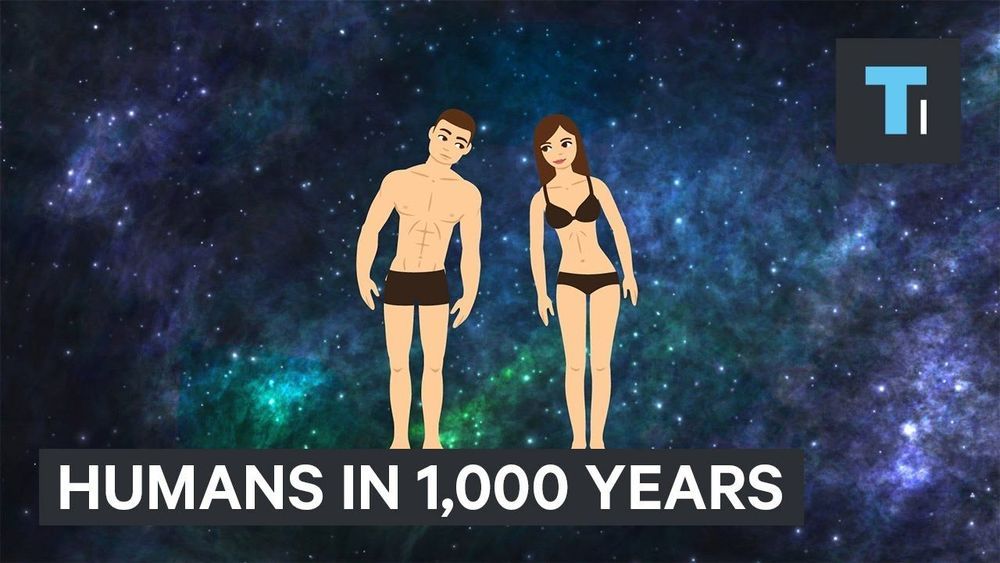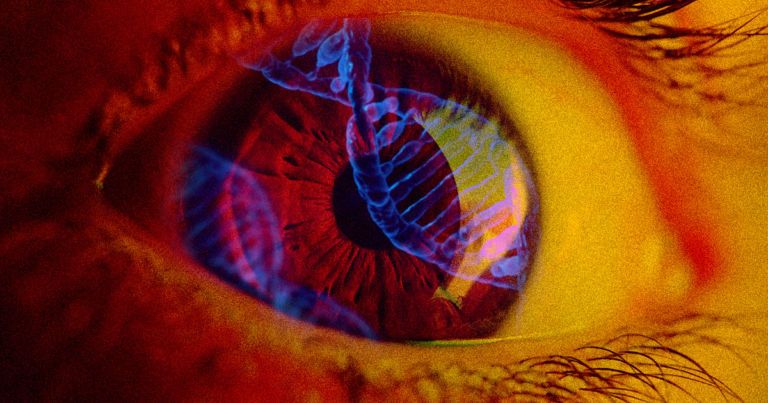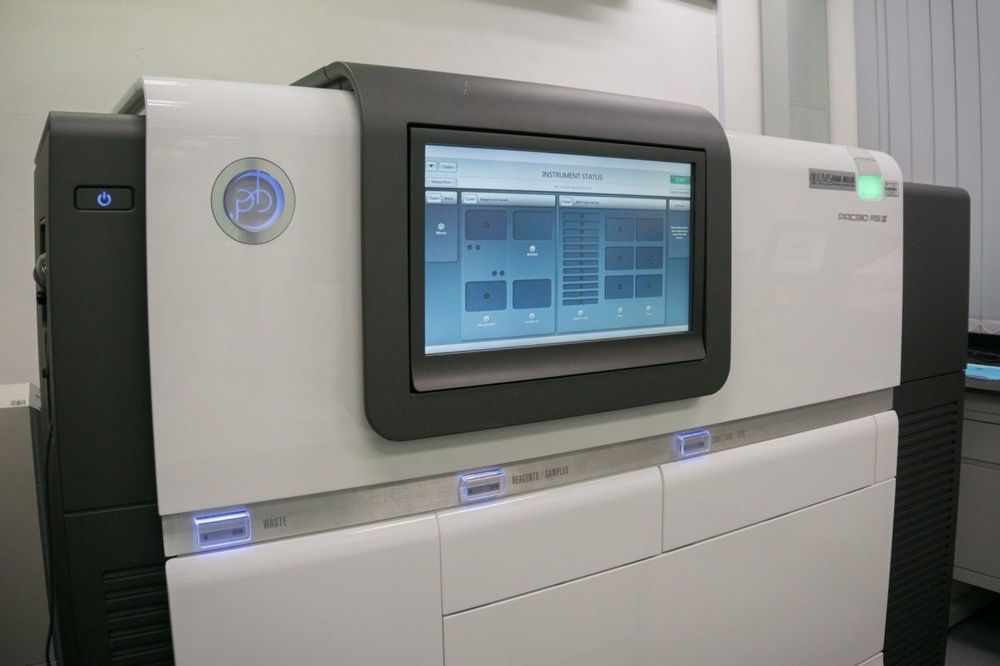The origins are still too unknown. This is entirely new life a more parasitic lifeform. Bit still new lifeforms entirely. My experiencers tell me of alien origin though the rate of spread also the complexity. No human could make this no even government can make this. We can mimic life not create something new. Sure new things can be added but the signature tells me it is definitely of alien origin. Not even nature can create something this quick nor even governments. Sure there may be like similar things but why does it spread so fast in near systematic precision. Which leads to essentially of exterrestial origin. This is essentially new life we are dealing with.
Nat Rev Microbiol. 2019 Mar;17:181–192. doi: 10.1038/s41579-018‑0118-9.
Severe acute respiratory syndrome coronavirus (SARS-CoV) and Middle East respiratory syndrome coronavirus (MERS-CoV) are two highly transmissible and pathogenic viruses that emerged in humans at the beginning of the 21st century. Both viruses likely originated in bats, and genetically diverse coronaviruses that are related to SARS-CoV and MERS-CoV were discovered in bats worldwide. In this Review, we summarize the current knowledge on the origin and evolution of these two pathogenic coronaviruses and discuss their receptor usage; we also highlight the diversity and potential of spillover of bat-borne coronaviruses, as evidenced by the recent spillover of swine acute diarrhoea syndrome coronavirus (SADS-CoV) to pigs.
